Microsoft Ignite 2020: 8 Big Updates In Teams And Security
New Teams features and Microsoft 365 security enhancements are among the major announcements coming out of the virtual conference.

The Latest From Microsoft
As Microsoft’s Teams collaboration app solidifies its place as an essential tool for countless businesses, the company is not slowing down in developing new features and capabilities for the platform. At the virtual Ignite 2020 conference, which kicks off today, Microsoft is highlighting an array of updates for Teams--ranging from user-facing features such as new Together Mode backgrounds to Teams management capabilities that are important to IT professionals. The announcements at Ignite, Microsoft‘s conference for IT pros and developers, will also include an emphasis on Microsoft 365 security--with the tech giant rolling out new capabilities in Microsoft Defender and Compliance Manager.
What follows are eight big updates in Teams and security at Microsoft Ignite 2020.
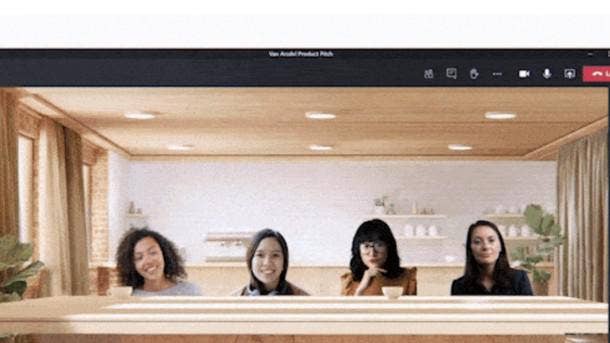
Teams: Together Mode
Microsoft is announcing some new features for Teams this week including new scenes for Together Mode. Originally announced in July, Together Mode places participants in a video meeting into a shared virtual background in Teams. New backgrounds that will be available later this year will include a coffee shop and a conference room, Microsoft said.
The company is also improving the visual rendering of participants in their virtual seats, by automatically scaling and centering participants to give them a more realistic appearance in Together Mode.
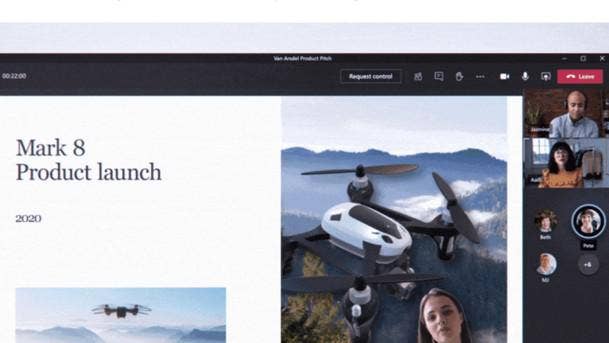
Teams: Custom Layouts
Microsoft says it’s also continuing to introduce ways to give users more control over how other participants and shared content are displayed--something that the company started this summer with the launch of the Dynamic View feature. Now, Microsoft is unveiling what it calls Custom Layouts, which lets presenters choose how their content will appear during a meeting for the other participants.
During a PowerPoint presentation, for instance, the video of the presenter could be transposed in front of the PowerPoint slide using Custom Layouts, according to Microsoft. Custom Layouts will debut in Teams later this year, Microsoft said.

Teams: Security and Compliance
Along with adding new Teams features, Microsoft is also bolstering the security and compliance capabilities of the collaboration app. One new addition is Customer Key support for Teams, so that customers can use their own keys to provide an additional layer of encryption for Teams (on top of the encryption for Teams data at rest in Microsoft’s data centers).
Compliance features being added for Teams include native integration between Teams and insider risk management, so that customers can securely collaborate about cases with stakeholders. The feature creates a private team whenever an insider risk management case is created, which analysts and other stakeholders can use for coordinating and sharing files around the case throughout its duration. Other compliance features include support in Advanced eDiscovery for links and live documents shared in Teams, as well as retention policies for meeting recordings in Teams--so that recordings don’t have to be exported to have retention policies applied to them.

Teams: Calling Features
Microsoft said that updated features for Teams calling, which are coming later this year, will include a “streamlined view” that presents contacts, calling history and voicemail at the same time--“making it easier to initiate or return a call with a single click,” Microsoft said.
Other new Teams calling features will include the addition of certain meeting features--such as recording, transcription and live captions--to 1:1 calls. Meanwhile, with Collaborative Calling, users will be able to connect a call queue to a Teams channel--allowing them to collaborate within the channel while still taking calls from the queue. Microsoft also noted that new lineups of affordably priced Teams phones for common areas, from vendors such as Poly, are in development.
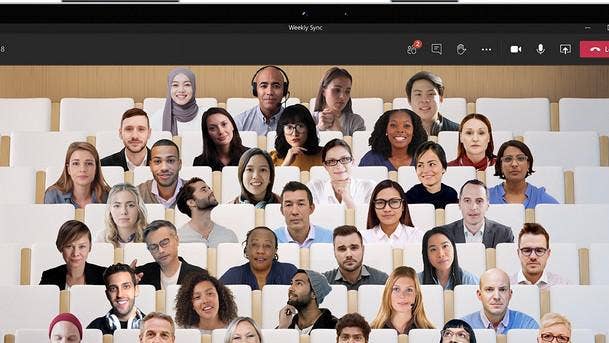
Teams: Management
Microsoft is also introducing new management capabilities for Teams meeting rooms at Ignite 2020. The new capabilities, available in the Teams Admin Center, will include an “improved portal experience” when it comes to management of meeting and calling devices--such as Teams phones and displays, as well as Teams Rooms devices.
Among the new management features are secure delegation--which can be provided to Microsoft partner or admin role--and the addition of alerts for device health monitoring to enable faster troubleshooting. Meanwhile, for customers of the Microsoft Teams Rooms Premium service, new monitoring capabilities coming by the end of 2020 will include firmware update management and security monitoring.
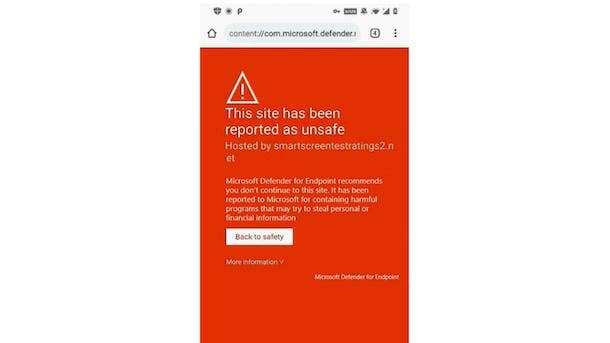
Microsoft Defender Updates
At Ignite 2020, Microsoft is showcasing the unification of its security solutions for both Microsoft 365 and Azure under the umbrella of Microsoft Defender. Microsoft Threat Protection has been renamed Microsoft 365 Defender, while Microsoft Defender Advanced Threat Protection has been renamed Microsoft Defender for Endpoint. Key updates include extending protection of the solution to mobile threats, such as phishing threats in Android and iOS. Additionally, Office 365 Advanced Threat Protection has been renamed Microsoft Defender for Office 365 and is now in public preview--with features such as protection for highly targeted, priority email accounts.
Meanwhile, Azure Security Center’s cloud workload protection capabilities will now be known as Azure Defender. Updates include protection for virtual machines and SQL databases across both on-premises and multi-cloud deployments, as well as simplification for on-boarding and management of the database and VM resources. Microsoft said it is also enhancing protection for containers by extending the Azure Defender for Kubernetes solution “to include Kubernetes-level policy management, hardening and enforcement with admission control.” For improving security in the Internet of Things, Azure Defender for IoT--the new name for Azure Security Center for IoT--is adding agentless security for IoT devices on operational technology networks (via Microsoft’s acquisition of CyberX). Lastly, Microsoft Defender will now be integrated with Microsoft’s SIEM offering, Azure Sentinel, “for visibility and actionable insights enterprise-wide,” the company said.
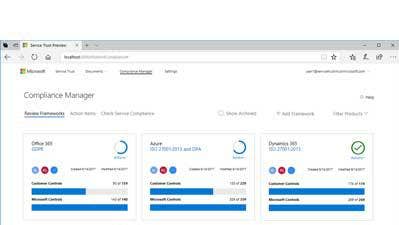
Compliance Manager Updates
Microsoft says it’s launching the next generation of Compliance Manager with a “a vast library of assessments for expanded regulatory coverage, built-in automation to detect tenant settings and step-by-step guidance for intuitive compliance management.” Compliance Manager will now combine the current Compliance Manager offering with Microsoft’s Compliance Score solution within the Microsoft 365 compliance center. The new Compliance Manager library will provide access to more than 150 assessments, enabling compliance requirements to be addressed based on industry and region “while also meeting multiple requirements through a single action,” Microsoft said.
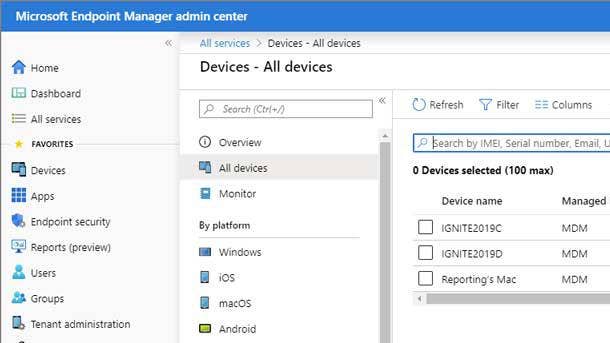
Microsoft Endpoint Manager Updates
Microsoft Endpoint Manager is getting several new features, launching first in public preview, including the Microsoft Tunnel remote access solution. Microsoft Tunnel allows mobile devices (iOS and Android) to connect to apps and resources that are located on-premises, allowing for improved mobile productivity, Microsoft said. The solution supports VPN and split tunneling, and connects with Conditional Access to ensure that devices comply with policies before they’re provided with network access. Other updates in public preview include the introduction of a “first-class management experience” for macOS devices--such as new enrollment experiences and a new ability to deploy scripts to devices--along with support for Shared iPad for Business. The support enables deployment of shared iPads to users, with users authenticating with their Azure Active Directory work accounts to log into separate device partitions.
Additionally, Microsoft Endpoint Manager has support for management of virtual endpoints in the pipeline (entering public preview by the end of the year). The support will enable management of Windows Virtual Desktop endpoints and third-party VDI solutions “right alongside your physical PCs within the same console,” Microsoft said.